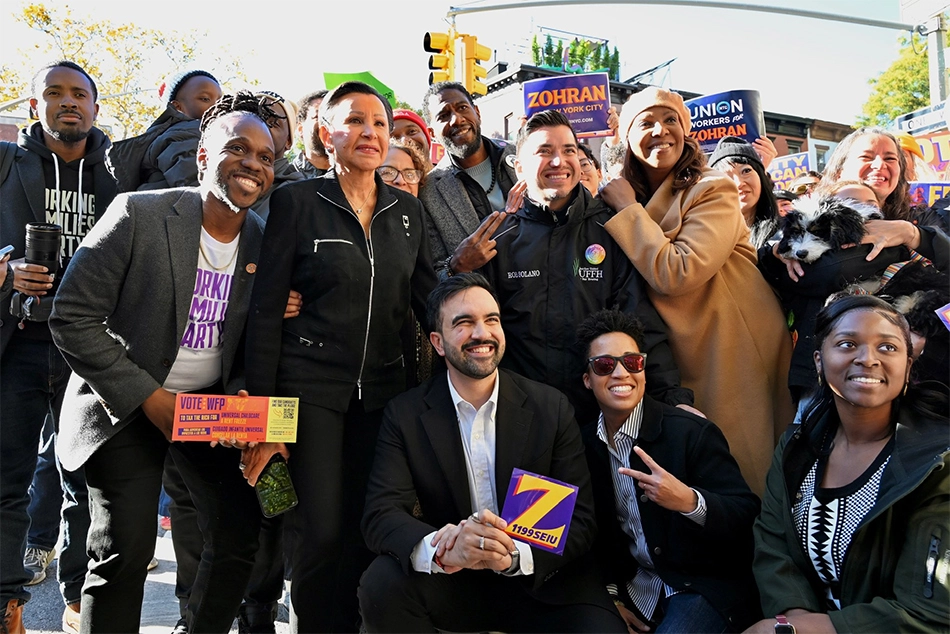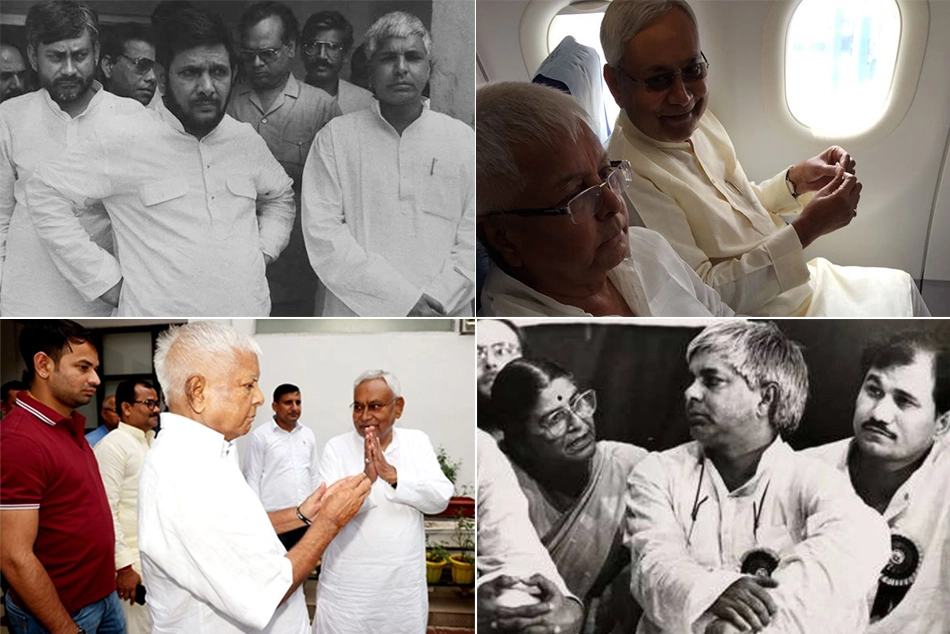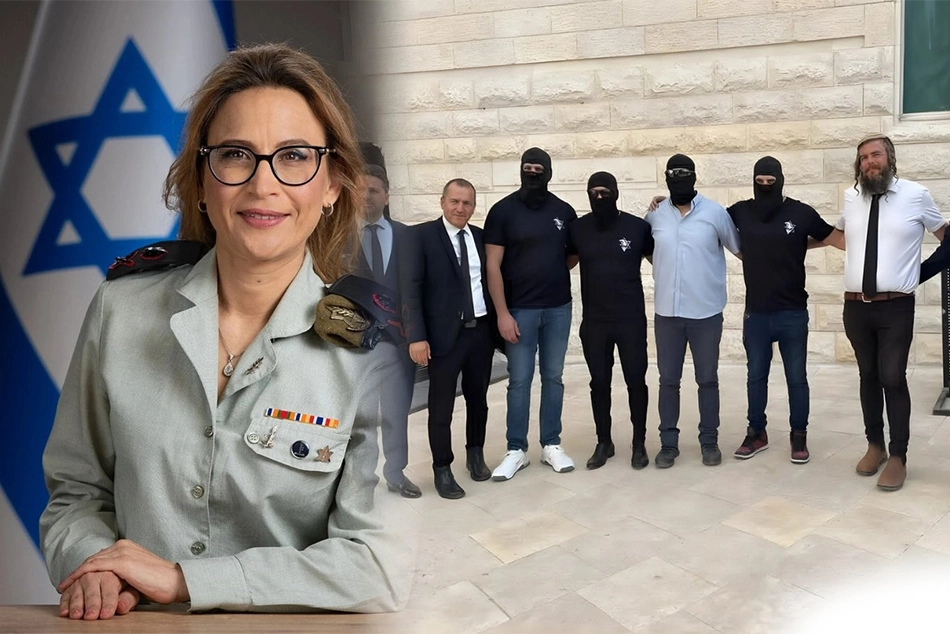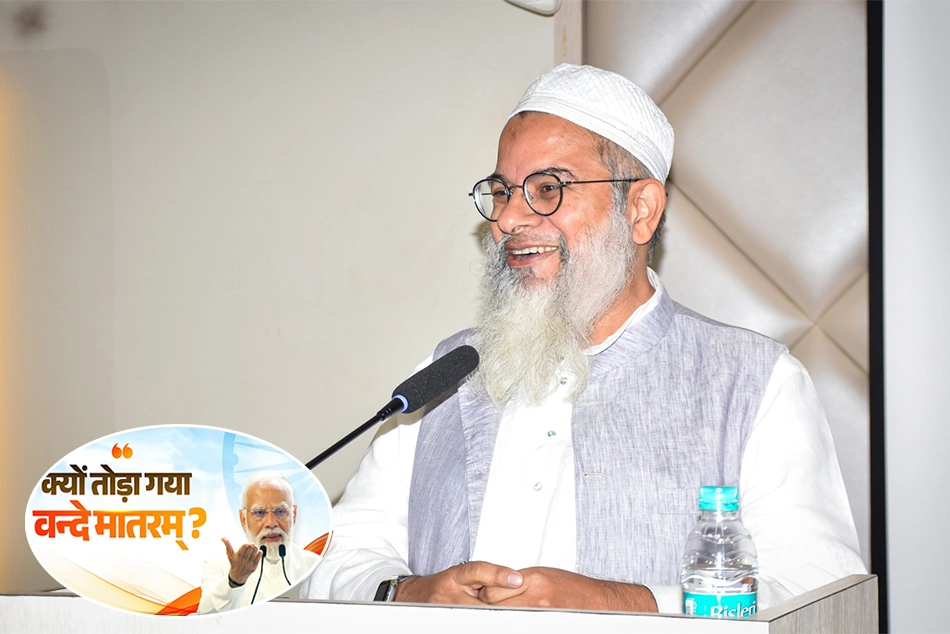
Madhu Dandavate: A Life of Service and Integrity
Today, November 13, 2025, on the 20th death anniversary of Professor Madhu Dandavate, a heartfelt tribute is owed to his enduring legacy

Today, on the 20th death anniversary of Professor Madhu Dandavate, a heartfelt tribute is owed to his enduring legacy.
Early Life and Historical Roots
Professor Madhu Dandavate was born on 21 January 1924 in Ahmednagar, Maharashtra—now known as Ahilyanagar—a city with a distinguished history as the capital of the Nizamshahi dynasty in the 16th century. It was famously defended by Chand Bibi, also known as Chand Khatun or Chand Sultana, who resisted Mughal armies led by Akbar in Bijapur (1596–99) and Ahmednagar (1580–1590).
Later, Ahmednagar Fort became a symbol of resistance during the Indian freedom movement. On 8 August 1942, after the Quit India Resolution at Mumbai’s Gowalia Tank Maidan, top leaders including Jawaharlal Nehru, Maulana Abul Kalam Azad, Acharya Narendra Dev, and Sardar Vallabhbhai Patel were imprisoned there. In this fort, Nehru wrote the renowned Discovery of India, Azad penned Ghubar-e-Khatir, and Narendra Dev pursued his study of Buddhist Philosophy.
Roots in Social Reform and Education
Ahmednagar produced many freedom fighters, including Raosaheb Patwardhan and Achyut Rao Patwardhan, founders of the Socialist Party and Rashtra Seva Dal. ‘Senapati Bapat,’ a freedom fighter, studied at Ahmednagar Education Society, the same school where Madhu Dandavate completed his matriculation. The school was established by Justice Mahadev Govind Ranade, one of Maharashtra’s prominent social reformers.
Dandavate’s early interests included cricket, inspired by his father. After matriculation, he moved to Mumbai for further studies, attending the esteemed Ruia College for science and later earning a master’s in Physics from the Royal Institute of Science. Though his father hoped he would become an engineer, Dandavate’s passion led him to teaching at Siddharth College, founded by Dr. Babasaheb Ambedkar in 1945. “Professor” remained his lifelong moniker as he continued teaching—especially Einstein’s Theory of Relativity—whenever possible.
Personal Memories and Lasting Impressions
During the late 20th century, as a Union minister visiting Kolkata, Dandavate dined at our home. When asked to explain relativity to our children, he used Einstein’s analogy: “Relativity is simple. Sitting with someone you love, hours feel like minutes; with someone unpleasant, five minutes feel like hours.” This practical wisdom left an indelible impression, especially on my wife, a science teacher.
Family Heritage and Literary Upbringing
Dandavate descended from a cultured and literary family. His grandfather was a writer, his mother was active in social issues, and his father, chief engineer for Ahmednagar’s fire brigade. His aunt, a poet, and her husband, Shridhar Balakrishna Ranade, a noted literary figure, further enriched the family’s intellectual atmosphere. A library stocked with works from Gandhi, Vivekananda, and Shakespeare fostered his early love for reading and writing.
Childhood Values and Social Commitments
As a child, Dandavate’s teacher gave him the Ramayana and Mahabharata. When asked who the Ramayana’s hero was, Madhu replied, “Sita is greater than Rama.” He saw Sita’s sufferings—including exile and fire ordeal—as the true heroic struggle. Similarly, Ekalavya’s injustice in the Mahabharata moved him, highlighting caste-based discrimination in knowledge and opportunity.
Influenced by leaders like Acharya Javadekar, S.M. Joshi, and Sane Guruji, Dandavate joined the Rashtra Seva Dal, remaining steadfast to its principles of democracy, secularism, and equal opportunity.
Engaging with Social Change and Literature
At Siddharth College, Dandavate interacted with Dr. Ambedkar and was shaped by satyagrahas for Dalit rights and the Hindu Code Bill’s struggle for women’s equality. He cultivated a deep aesthetic appreciation for classical music, theatre, and literature, though he remained a keen listener rather than a performer. Cricket was his favorite sport; he represented and later captained Parliament’s cricket team, earning a President’s award.
A Life Partner in Social Reform
Through Dr. G.G. Parikh, he met Pramila Karande, a Rashtra Seva Dal artist. Their marriage in 1953 embodied shared values and mutual dedication to social justice. Pramila, a JJ School of Art graduate, played vital roles in women’s reservation and progressive legal reforms.
Rashtra Seva Dal facilitated many inter-caste, dowry-free marriages—an effort echoing Gandhi and Ambedkar’s calls for social integration and caste abolition. Gandhi himself resolved to attend only inter-caste weddings.
Living His Principles: Activism and Politics
True to Sant Tukaram’s exhortation “Bole taisa chale” (walk as you speak), Dandavate joined the Quit India Movement at age 18, fighting for workers, farmers, and the marginalized. He was gravely injured in the Goa Liberation Movement, resulting in chronic health issues and bone cancer. He passed away on 12 November 2005, aged 81.
Parliamentary Achievements and Visionary Leadership
Elected to the Maharashtra Legislative Council and then to the Lok Sabha from Rajapur, Dandavate defied political odds, winning against the Congress wave after the Bangladesh war. Jailed during the 1975 Emergency, he returned in 1977 as Railway Minister, reinstating 50,000 railway workers sacked in the 1974 strike. His leadership turned Indian Railways profitable for the first time, earning national recognition.
Innovations such as upgrading train seating and initiating the Konkan Railway transformed transportation for western India. He employed physics and cricket analogies to advocate for practical improvements, like expanding overcrowded trains and launching the classless Gitanjali Express, which featured literature and art.
Statesmanship and Progressive Change
As Finance Minister under V.P. Singh and Deputy Chairman of the Planning Commission, Dandavate mediated complex issues like the Narmada Bachao Andolan, voluntarily revising his initial positions based on new evidence and perspectives.
His integrity was evident when, upon discovering corruption in a school construction dispute, he offered to resign in anguish. Such moral conviction colored his entire service.
Legacy and Reflection
Elected five times from Rajapur, he only lost once as communalism surged post-Shah Bano and the Babri Masjid demolition. His unyielding secularism and clean record contrasted with the shifting tides of regional and religious politics.
Two years ago, his birth centenary was celebrated. To honour his memory, there stands a clear imperative: free politics from the shackles of religion, caste, and language, echoing his lifelong struggle for social justice and unity.
[The writer, Dr. Suresh Khairnar, is the ex-president of Rashtra Seva Dal.]
Follow ummid.com WhatsApp Channel for all the latest updates.
Select Language to Translate in Urdu, Hindi, Marathi or Arabic







